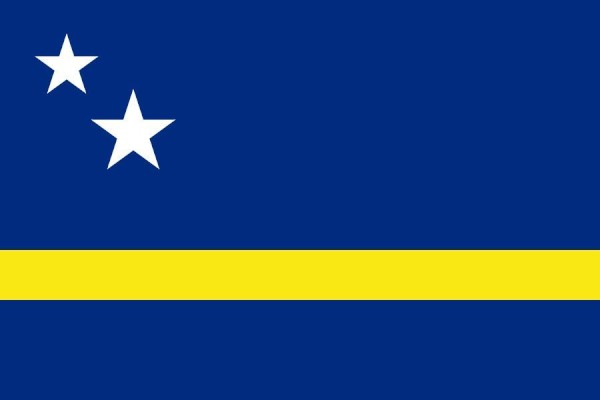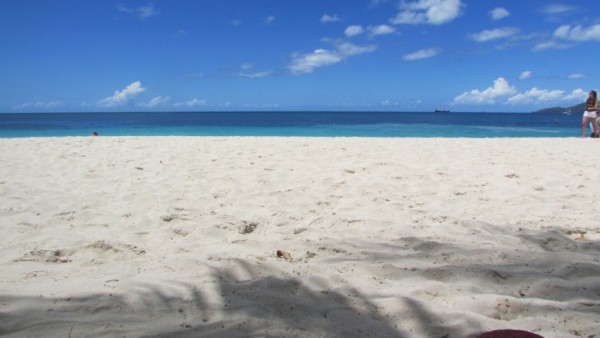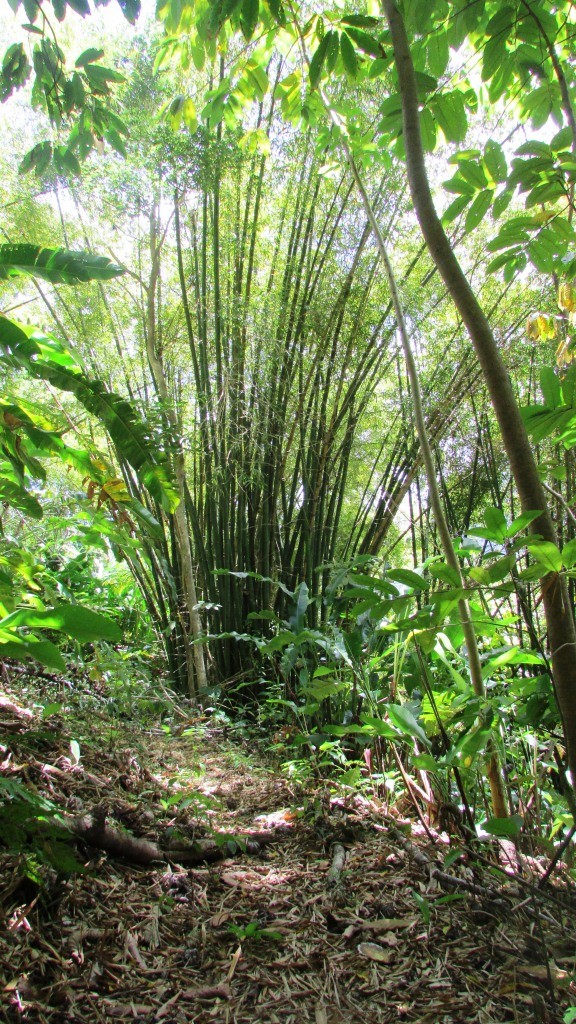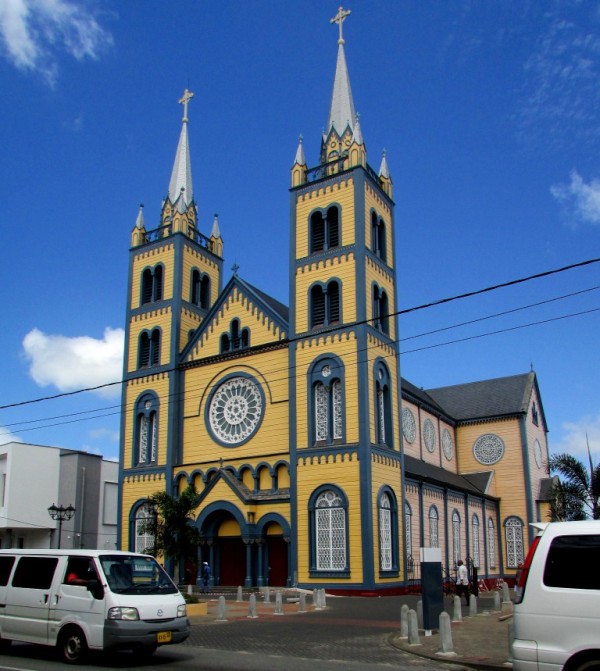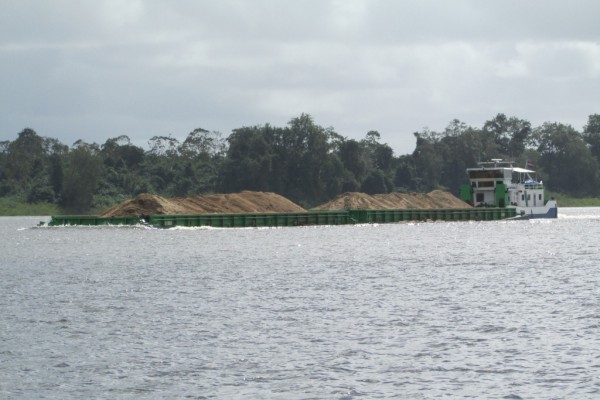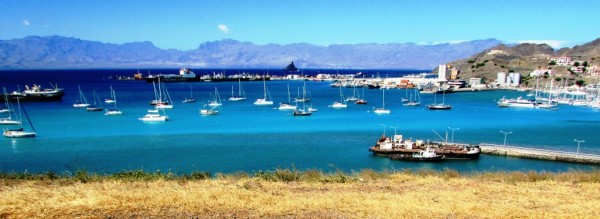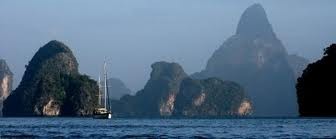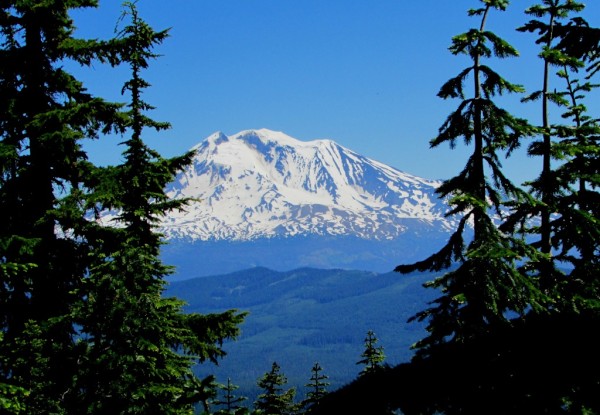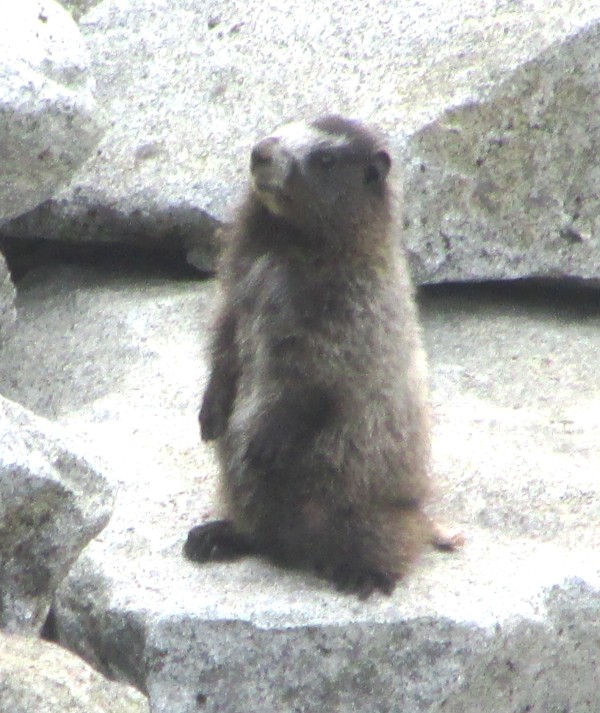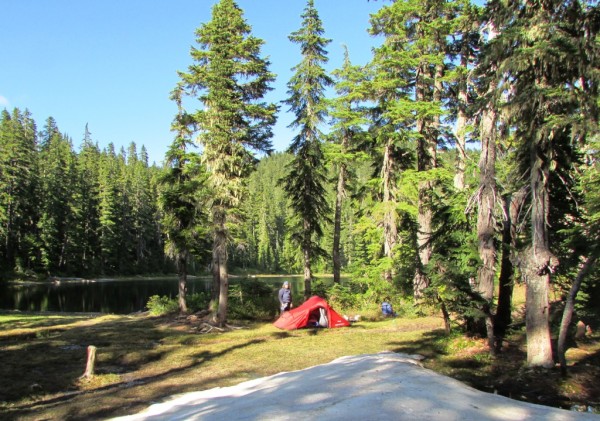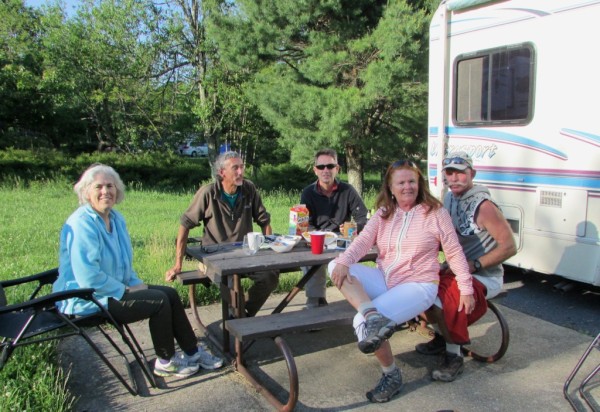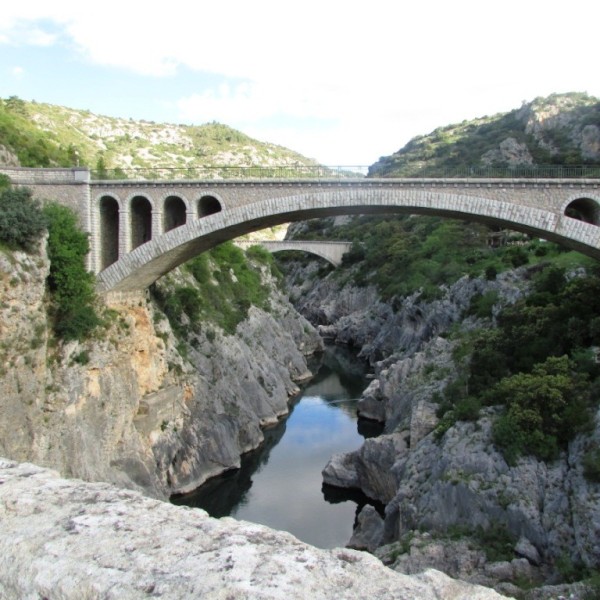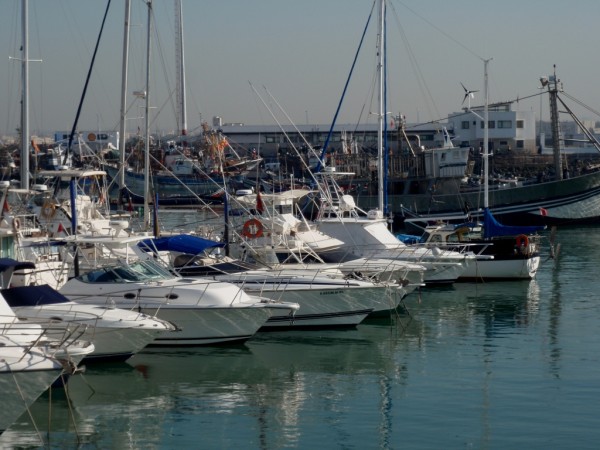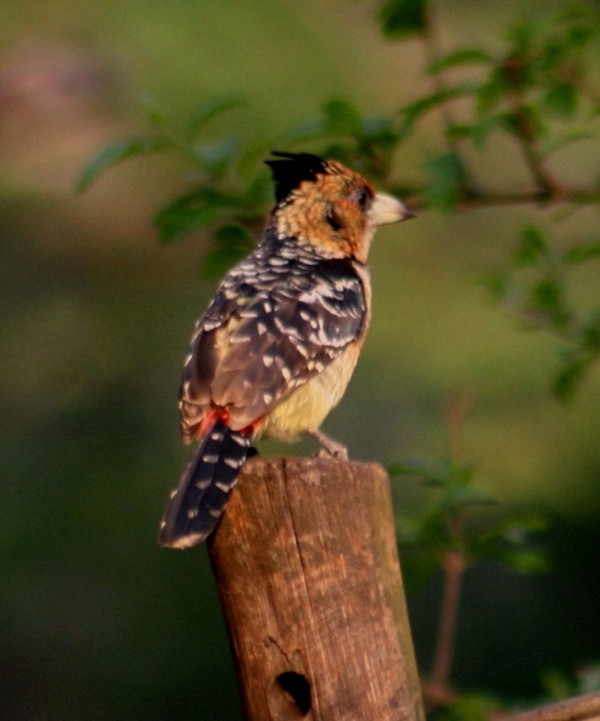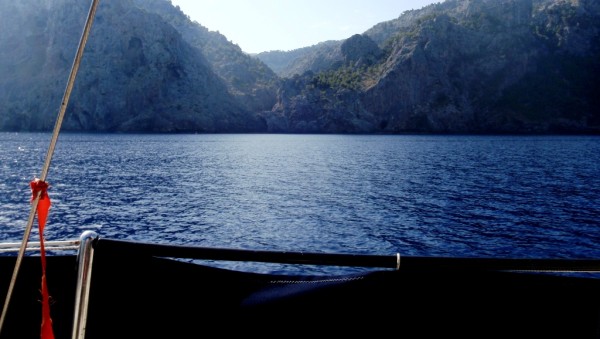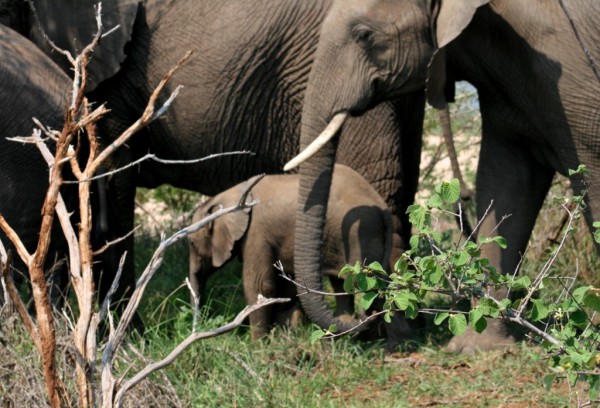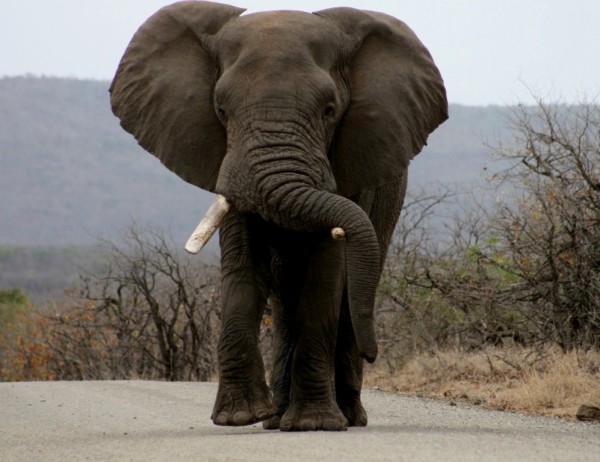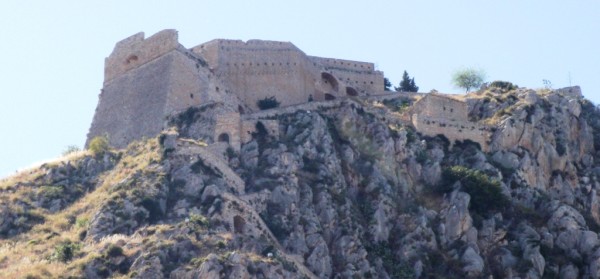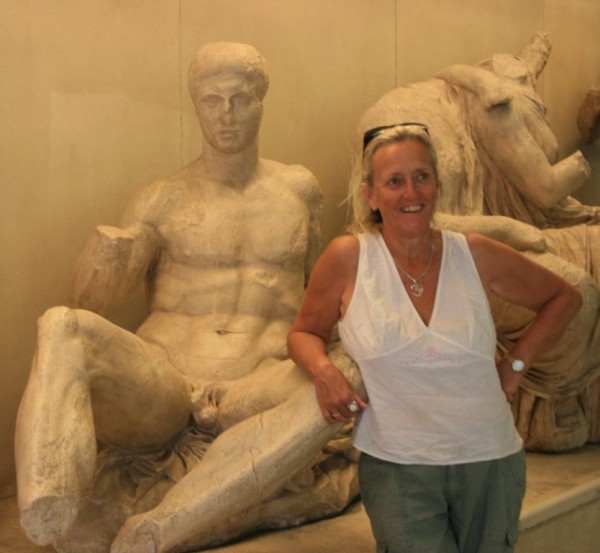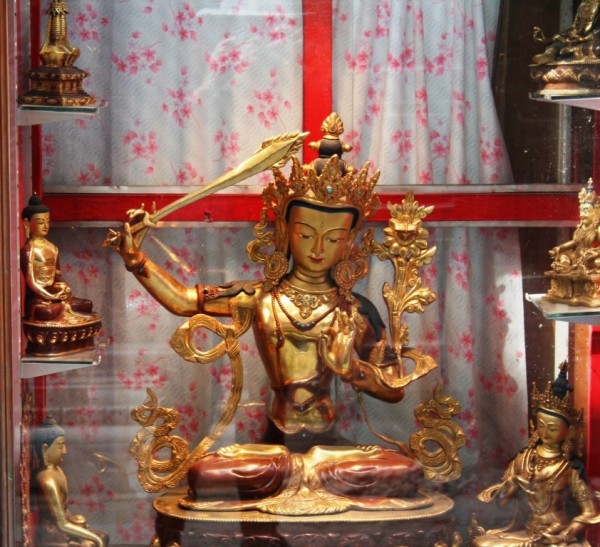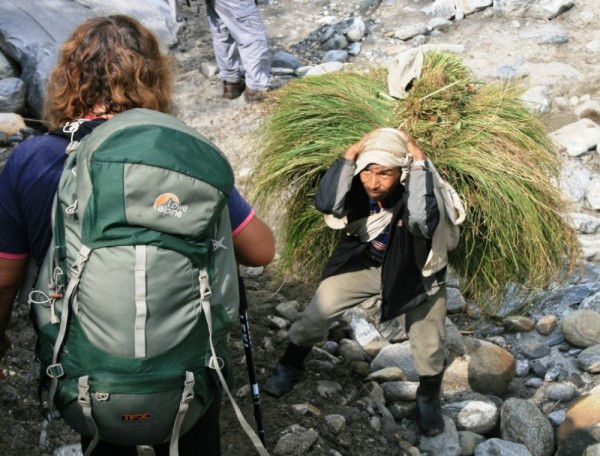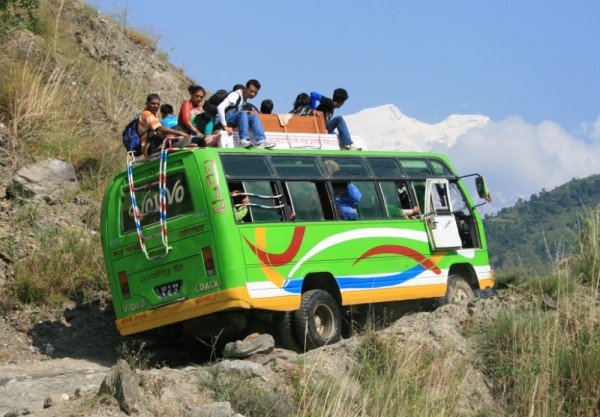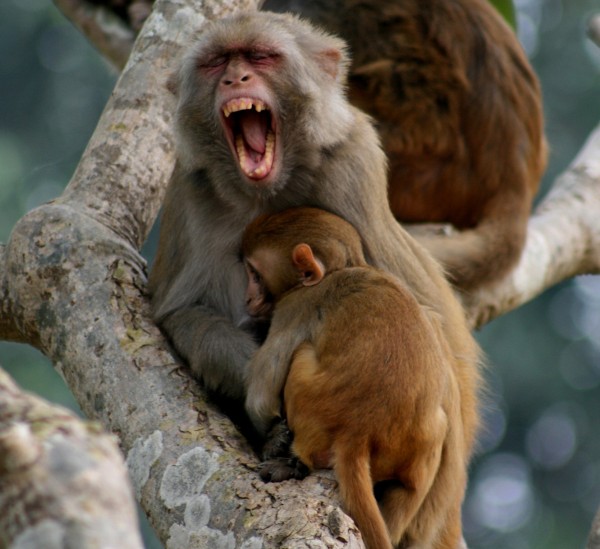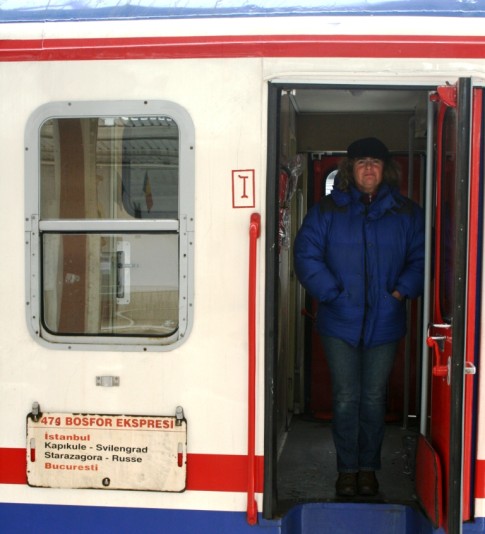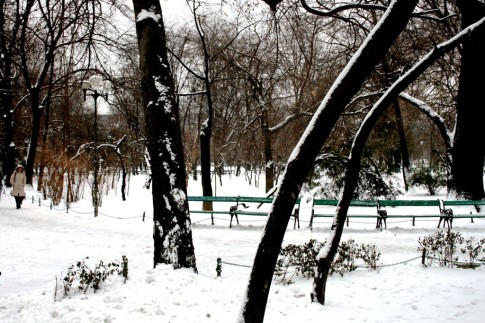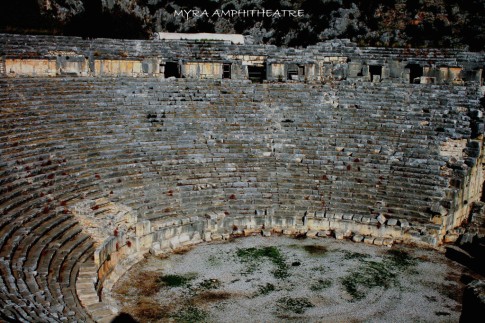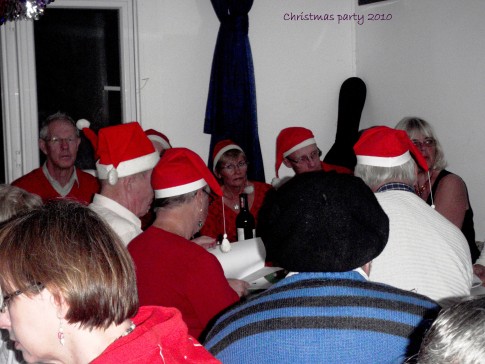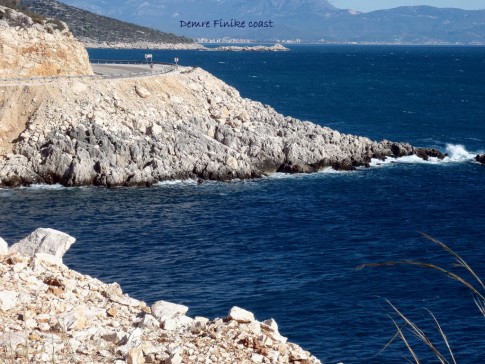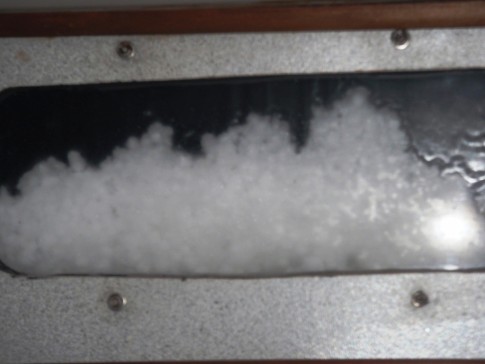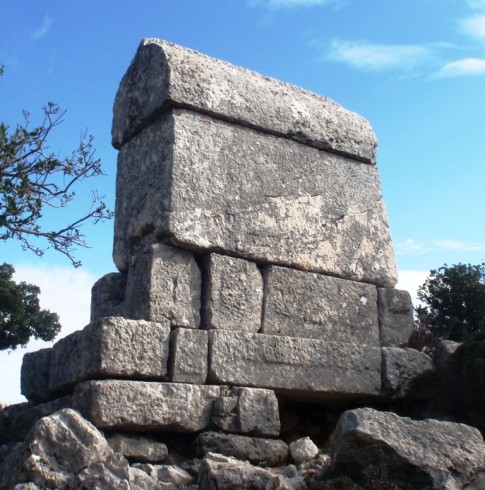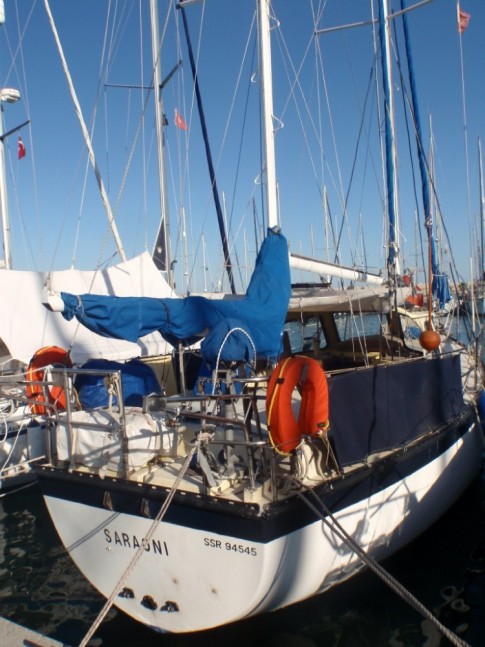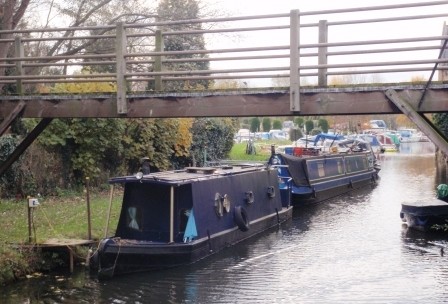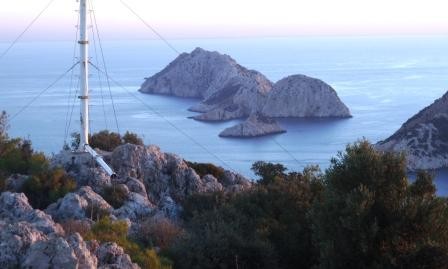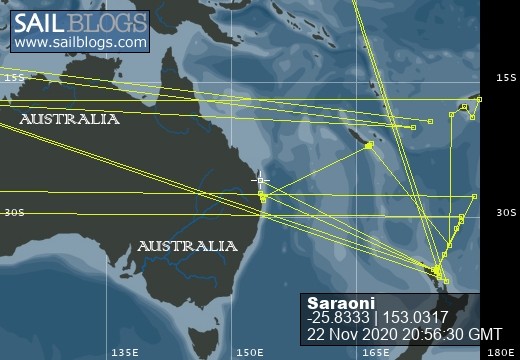
SVs Saraoni and Sundari
09 April 2024 | The Broadwater, Gold Coast, Australia
03 March 2024 | Hope Harbour marina, Gold Coast, Australia
03 January 2024 | Karragarra Channel, South Moreton Bay Islands, Queensland
15 December 2023 | Riverheads, Mary River, Great Sandy Strait, Queensland
23 October 2023 | Great Keppel Island
07 August 2023 | Trinity Inlet, Cairns, North Queensland
23 July 2023 | Trinity Inlet, Cairns, Far North Queensland.
07 July 2023 | Cairns
19 May 2023 | North West island, Capricornia Cays, Queensland
15 May 2023 | Burnett River, Bundaberg, Queensland.
29 April 2023 | Manly marina, Moreton Bay, Queensland, Australia
04 March 2023 | South Auckland, New Zealand
18 January 2023 | Gold Coast Broadwater, Queensland
17 November 2022 | Collie, Southern WA, Australia
29 October 2022 | Albany, SW Australia
14 October 2022 | Augusta, WA, Australia
15 August 2022 | Karragarra Passage, Southern Moreton Bay, Queensland, Australia
14 July 2022 | Raby Bay, off Moreton Bay, Queensland
13 June 2022 | Camooweal, Far West Queensland
20 May 2022 | Alice Springs, Northern Territory, Australia
2008 Australia to Malaysia via Indonesia
31 December 2008
Geoff and Alison

January 2008
The month started with two new cyclones swirling around the north: TC "Melanie" off the WA coast and "Helen" in the Joseph Bonaparte Gulf. Helen made it's way across Arnhem Land into the Gulf of Carpentaria, but died (for a while - see later) and ended up dumping plenty of monsoon rains in far North Queensland. Meanwhile, another low caused summer havoc and floods in the South East.
The arrival of rain in significant amounts meant that new life erupted in the eucalypt and paper bark forests around Cardwell: frogs started croaking, birds breeding, insects shrieking. Below decks, life was not so pleasant for us: cabin fever beginning to take hold!
We emerged out of the marina at Port Hinchinbrook just as the rekindled remains of "Helen" passed to the South of us, crossing the coast near Townsville and then tracking over Charters Towers, Emerald and Charleville, across New South Wales and Victoria, finally emerging in the Southern Ocean! The rain from the low was enough to break the drought in most of Eastern Queensland - in many places, it has been the most rain and flooding since the last La Nina in 1998. We waited for a week or so for the weather to right itself with the return of south easterlies for a while. During this time, we spotted the only crocodile we saw around Hinchinbrook. It swam over to the boat for a closer look, then submerged with a splash. We sailed back down to Magnetic island and Townsville in one long reach from the channel: back to work for both of us, but with now only three months before we set off for Asia.
February
Serious stuff for us: Alison back to work at Kirwan High School and Geoff tackles a number of jobs on the boat. It is still very hot and wet. Several low pressure systems sweep past North Queensland with drenching, flooding rain in many places. The Ross river dam is full for the first time and the floodgates are released twice. Fantastic waterfalls cascade off the escarpment and every creek is full. Normally brown Townsville is as green as New Zealand!
More momentous things are happening in Australia : the new federal Labour government is blowing fresh air into Australian society after 11 years of stale, narrow minded conservatism under the Howard led Coalition. Federal parliament in Canberra opened for the first time with a ceremony by the indigenous people and a moving apology to the stolen generation. Australia signs up to Kyoto and appears to be taking global warming seriously and puts in motion the repealing of very unpopular Coalition anti labour legislation.
March and April 2008
Alison slogged it out at Kirwan until the end of term - gruelling stuff with mostly low ability classes or at least low interest classes! Geoff fits a new watermaker, chartplotter, AIS radar, stuffs around with the engine and steering and pretties up the interior. One of us gets a cocktail of air conditioning and teenagers, the other neither! To cap off this period of hard work, ten days up on the hard stand at Ross Haven boat yard see us remove the rudder, replace bits and pieces of propellor shaft and bearing, paint a lot of stuff including ourselves and do battle with a bush rat which has occupied the boat - we think it has got on board from camping equipment after a trip to the upper Burdekin river.
The annoying rodent resists all poison bait and any type of trap. We think it is a member of the Aussie Olympic team as it puts in hours of gymnastic training just when we get to sleep. We finally leave the dirty boat yard together with our elusive guest on a windy afternoon. The engine and clean hull power us against the tide down the Ross River at a speed we haven't experienced for ages, but the steering mysteriously collapses in the open sea. We hurriedly fitted the emergency steering tiller and make it back into the anchorage and later the marina in safety.
We plan to leave Townsville for Cape York and Darwin at the end of April. We have joined the Sail Indonesia rally leaving Darwin in July for Timor : not our usual way of sailing, but it avoids a lot of hassles with the paperwork. One last fling with our little red Daihatsu takes us up to Cairns and the Daintree. We walk up Mount Sorrell and look for wildlife in the coastal rainforest. The forest seems surprisingly quiet, but the scenery is attractive enough to compensate.
May 2008
We finally left Townsville with the boat loaded to the gunwales with food, water, diesel and spares. The wind was fair from the South East and in quick succession we passed Magnetic island, Orpheus in the Palm group, the Hinchinbrook channel, Dunk island, Mourilyan and Fitzroy island arriving in Cairns for a short stay after six days. A few teething problems with the engine and steering systems meant a bit of unwanted work inside the boat.
The trade wind had taken hold well and truly right through Northern Australia so it seemed unlikely we would need much diesel - considering the ever rising cost, this was just as well. The lagoon seemed a bit silty on the route up to Cairns, but fringing reefs at Fitzroy were in good condition.
June 2008
Arrived at Seisia after a very blustery trip up through Albany Passage and round Cape York. The tide was thankfully with us right round the Northern most tip of Australia and, together with an unwanted 40 knots of wind in places, we made nearly 11 knots. Seisia was full with yachts and 4 wheel drive visitors that had made it up the peninsula. Nearby Bamaga had had an injection of government money, but otherwise remained sleepy. We took 60 hours to cross the Gulf of Carpentaria to Cape Wessel with strong winds the first day out, but these faded to a calm on the third day. We were windbound at the Wessels for several days, but explored the deserted islands with rock wallabies, cockatoos, crocodiles and a strange dwarf vegetation of eucalypt, wattle and grevillea.
With constant rain showers the creeks were still running and we even found some large freshwater pools on Marchinbar island that were big enough for swimming. With the trade winds easing we made tracks along the Arnhem Land coast stopping at Elcho island, Cape Stewart, Maningrida, North Goulburn island and Bowen Strait before rounding into Port Essington at the North western end of the Top End. Galiwinku on Elcho island seemed to have had a downturn in fortunes looking poor, dirty and less well managed than on our last visit seven years ago.
Maningrida was cleaner and looked more prosperous than before, but the exorbitant prices of fuel and provisions in the community run stores made us wonder how the local community survived on CDEP wages or the dole.
July 2008
We spent a few days recovering in beautiful Port Essington and roamed around our old favourite haunts. Only a few days sail from Darwin we used to come up here during the long dry season school holidays. Nearly empty for most of the year, the "port" is a natural harbour twice the size of Sydney harbour with loads of interesting wildlife, great anchorages and fascinating history.
Because of its position on the usual westward track most yachts are desparate to get to civilization in Darwin to replenish supplies and have little time to explore, leaving it empty. East and west of Essington are half a dozen other deep indented harbours making it the Territory's best, but least known, cruising ground. We passed notorious Cape Don with a spring tide, but not much wind, in company with two other yachts and motor sailed all the way into Darwin stopping off at Cape Hotham to get some sleep on the way.
The three city marinas were all full with the huge influx of rally boats and we joined the masses anchored in Fannie Bay. Three hectic weeks of provisioning and organising money, visas and flights to England kept us busy and at the time of typing this we are just about to set off for Kupang in West Timor.
The next time we will be able to update the website will be in three months time in Malaysia after passing the length of Indonesia's Nusa Tenggara from Timor and Alor in the East to Bali in the west and then up to Southern Borneo and the string of islands off Sumatra's Eastern coast. Left Darwin eventually just before the main stream of rally yachts in very light conditions which continued right across the Timor Sea to Kupang. Had an interesting if confusing encounter with Indonesian fishing boats half way across - near the shallow banks, but otherwise the whole passage was more about burning diesel than sailing. Kupang was reached on the last day of July.
August 2008
Cruised from Kupang in West Timor up to Lewoleba on Lembata island surrounded by huge, steaming volcanos. Climbed 1600 m high Ili Api, near Lewoleba. This volcano was still active and it was hard to breathe at the top close to the vents. Then followed the Northern coastlines of Adonara and Flores islands to the Komodo island group which is a national park. Here we explored the underwater world and spent days in isolated bays watching huge komodo dragons wandering the beaches with deer, buffalo and hordes of long tailed macaque monkeys.
September 2008
Sailed along the Sumbawa coast with Ramadan in full swing, arriving in North West Lombok underneath Indonesia's second highest mountain - Gunung Rinjani. Next stop was Bali, then Kalimantan (Indonesian Borneo) before heading up through the eastern islands of Sumatra to Singapore.
The anchorage at Teluk Kombal in Northern Lombok was a nice, neat bay and the water very clear. We made a trip to the little coral island of Gili Air, which was out of season and quiet. We did some snorkelling in clear water. We also walked around the roads around the anchorage and there were many motor bikes. Nobody seems to walk much in this part of Indonesia. The trip across the Lombok Strait was windy and we arrived in Lovina Beach on the north side of Bali late afternoon. We encountered lots of individual, colourfully painted sailing outriggers coming back from a night's fishing. Gunung Agung towered high above.
Lovina Beach near Singaraja is great for those who like eating out in cheap restaurants. We went with a small group in a minibus to Bali Barat National Park for the day and saw black monkeys, long tailed macaques, giant squirrels and some birds. We also visited a Buddhist monastery, a Hindu sacred monkey temple, where a cheeky long tailed macaque stole an apple out of my hand, and had a dip in the hot springs. We took a minibus across the island to Denpasar and Benoa harbour. Very busy and modern. There was also a rally dinner at a local restaurant which included some musical contributions from Peter on "The Southern Cross" and Rob from "Mary Eliza".
Our next stop is going to be the marine reserve at the western end of Bali and then up to Borneo.
This was not what we expected as the wind seemed to be coming from the West as we proceeded along the coast and it was difficult to find a suitable anchorage. However the next two anchorages en route to Borneo were very good - namely Pulau Rass and Pulau Bawean. We were at that time sailing with "Solan", a New Zealand couple, whose boat was a lot faster, but they always waited for us and secured a spot in a new anchorage for us.
We had some quite reasonable sailing from Bali to Pulau Rass, up to 20 knots SE, and the next day to Pulau Bawean which was partly at night and we encountered many different types of boating traffic from semi-lit small boats to large ferries and freighters. On approach to Bawean there were many unflagged bamboo fishing rafts to contend with.
We spent two nights on Bawean, a strangely modern small island in the middle of the Java Sea, where seemingly, income is secured from work found in Singapore in the merchant seaman industry. Here "Tonic", "The Southern Cross", "Just Jane", "Solan" and ourselves made the two day, one night trip to the Kumai river mouth. There was quite a bit of shipping traffic again and at dawn we had a close encounter with a tug boat towing a coal barge. We enjoyed the chat on ch.77 which kept us awake. There was a 10-20 knot SE wind as well which minimised the amount of motor sailing we had to do. As we approached the coast of Borneo, late afternoon on the second day the wind turned on the nose and we hit the remains of a thunderstorm.
October 2008
Safely arrived at Sebana Cove marina, Malaysia, tucked into a mangrove fringed riverside on the Eastern side of Singapore after a nerve wracking crossing of the Singapore Strait from Batam in Indonesia. Our AIS radar showed about thirty large ships moving east and west throught the strait at speeds of between 10 and 25 knots. We went in a convoy of three yachts with sails up and motors on and had only two narrow encounters.
From the Western end of Bali, in full view of the magnificent volcanoes of Eastern Java, we had three overnight sails, island hopping to the Kalimantan (Borneo) coast. Here we spent a few days up the Sekonyer river in Tanjung Puting national park on a narrow river boat called a klotok. This was one of the best experiences we had on our entire Indonesian trip, with close encounters with orang utans, proboscis monkeys, macaques, bearded pigs, hornbills and lots of other Borneo wildlife. At the same time it was hard not to be aware of the rapid deforestation of much of Borneo and the huge pressures on what remains of Indonesia's biodiversity and wild places.
The weather was now beginning to change as the trade wind season was coming to a close. Afternoon thunderstorms and squalls were common up the Kumai river and night thunderstorms developed offshore in the warm and shallow Java Sea. However, we were pleasantly surprised by the lack of smoke haze that we had expected from reports read on boats in the area in previous years Ramadan came to a noisy close while in Kumai and this was followed by the fast breaking holiday of Idd Ul Fitr. Most of Kumai and the neighbouring city of Pangkalun Bun closed down over the last fasting day and the holiday while the mosques went into overdrive. A rather interesting feature of the town of Kumai were the swiftlet nests that inhabited specially constructed tower like buildings strung along the main street of the town.
The mucous that the birds use to make a comfortable base for their nests are harvested for bird's nest soup, apparently a Chinese delicacy. Sail Indonesia took us on a day tour of the Kumai area which included a fast trip on a longtail on the river (hold on tight) a welcome to a longhouse, a visit to an orangutan conservation project base and a rally dinner. The whole event was a great end to a memorable journey from Australia to see the orangutans.
From Borneo, we had a long and tiring two day sail to the Sumatran island of Belitung. Good SE winds up to 25 knots as we sailed along the southern Borneo coast and then it eased off to almost nothing in the Karimata Strait. No significant thunderstorms around just distant lightning. This was the final rally location and it proved to be the best, with an incredible welcome, day tour and final dinner with entertainment. I (Alison) gave a speech in well rehearsed Indonesian which delighted the 2000 or so locals attending the event. The anchorage was prettily nestled amongst granite boulders but rather a tempestuous sea breeze got up from time to time making the dinghy ride ashore difficult.
From Belitung we sailed up the Eastern Sumatran coastline, stopping at Pulua Gaspar, Pulau Bangka, Kentar, Mesenak and Batam. The weather was gradually changing as we got closer to the Equator. The weather was squallier with thunderstorms and the occasional westerly but nothing more than 20 knots and the whole trip involved a motor sail. As we approached Singapore, the shipping traffic got busier and the sky smoggier.
November 2008
The first half of the month was occupied by a tiring and hectic trip to England to touch base with relatives. Unfortunately our odd trips back to our old home country seem to coincide with near winter conditions and time spent on the motorways leave us feeling quite jaded and with little enthusiasm for a return trip. It was good to see so many people we care about, however. Most seem to be doing well and immersed in their own diverse lives.
On our return, we had to hastily prepare the boat to take part in the Sail Malaysia rally starting at Danga Bay in Johor Strait opposite Singapore. As with the Sail Indonesia rally, the Malaysian Government's Tourism Department organises the series of events up the western side of the Malay Peninsula to help its tourism promotion and we yachties benefit from the contact with the communities on the way, free meals and tours!
Our trip from Sebana Cove in Eastern Johor half circumnavigating the island of Singapore was even more hair raising than the crossing from Indonesia - or driving up the British M1 for that matter - with seemingly thousands of large ships anchored or moving around unpredictably. A large chunk of land appeared on the horizon where it was not shown on the chart - a new extension of one of Singapore's many ports. To cap it off, a thunderstorm obliterated our view as we were making our way up the Johor Strait.
We are now anchored off the town of Lumut about 100 km South of Penang. Most of the trip up the Malacca Strait has been hard to windward or motoring with no wind. The sea has gradually got less muddy and dirty and is almost greenish. Nearly everybody has had at least one entanglement with plastic bags or bits of fishing net. Much of the coast has been urbanised or industrialised or both and air and water pollution more than anything than we have been used to. Malaysia, of course, has been developing like mad and its environment has been paying the price of new found affluence. Despite all this, the constant warmth and rain seem to ensure an intensely green landscape wherever there is no concrete. The bits of rainforest we have seen have been fantastically beautiful. Macaque monkeys, langurs, pigs and squirrels seem to inhabit any little bit of jungle and seem quite habituated to humanity.
Along the coast, we have seen plenty of fish eagles, kites, a few dolphins and one dugong but no turtles so far. The coast in the region of Lumut is hilly and quite scenic with the island of Pangkor just offshore. We are now only a day sail from Penang where we stay for a week, then another day sail to the Langkawi islands where there are plenty of anchorages. Hopefully, the "dry season" will have settled in by then!
Wild pied hornbills munching on pawpaw at Pangkor island. These birds, part of a larger group of about a dozen have been fed daily by a Chinese family on the Pangkor waterfront for many years. It was fascinating to watch the males delicately picking up small pieces of pawpaw and passing them tenderly to their female partners!
December 2008
Penang from Pangkor was a long day sail with the usual light winds, rubbish, fish traps and fishing boats. Here we joined up with a number of other yachts and "sailed" under the Penang bridge. Penang proved to be a fascinating stop over with a lot of it's cultural heritage in the form of old colonial buildings, temples and winding, crowded streets in Little India and Chinatown well looked after, rather than facing the bulldozer as has happened in Singapore.
Malaysians love eating out and Penang must be one of the best places to do this, with thousands of restaurants and hawker stalls. Apart from eating frequently and cheaply we also explored the more natural side of Penang walking round the north west coast protected by a national park and up to the highest point of the island at 840 m. Macaques, leaf monkeys, wild pigs and squirrels and a lot of Malaysia's beautiful lowland dipterocarp rain forest.
By the time we left Penang something had happened to the weather. Either we had slid into the trade wind zone or the doldrums had retreated South. The wind arrived from the direction of the mainland and the skies cleared of the murk that we had experienced for most of the way up the Malacca Strait. We are now in the beautiful Langkawi islands - a few miles from the Thai border. Geologically this is much more like the Thai coast than Malaysia and the islands have steep limestone cliffs and hills, caves and karst features often covered in dripping jungle.
The main Langkawi island is pretty well developed for tourism but there are plenty of places that are undeveloped and protected, with a lot of fantastic anchorages. Here we had the last of the low key Sail Malaysia rally functions - the last party for the bunch of yachties that had been sailing more or less together since the East Coast of Australia. Some of these are now getting ready for the Indian Ocean crossing next month, but most will be staying in South East Asia for another year. Others are off back to wherever they came from by plane to sort out the remains of their savings or see their families.
We'll be leaving here sometime in January and spending two months in Thailand, then the rest of the year exploring inland South East Asia or working or both. We intend leaving for Africa in January 2010. It is about a week to Sri Lanka or India from here, three months to Europe, five months to the East African coast, but that involves spending time in the Chagos lagoons waiting for the change over of winds to take us westwards. We have now sailed for 7600 nautical miles since leaving Opua and we are closer to Italy in distance than New Zealand.
The month started with two new cyclones swirling around the north: TC "Melanie" off the WA coast and "Helen" in the Joseph Bonaparte Gulf. Helen made it's way across Arnhem Land into the Gulf of Carpentaria, but died (for a while - see later) and ended up dumping plenty of monsoon rains in far North Queensland. Meanwhile, another low caused summer havoc and floods in the South East.
The arrival of rain in significant amounts meant that new life erupted in the eucalypt and paper bark forests around Cardwell: frogs started croaking, birds breeding, insects shrieking. Below decks, life was not so pleasant for us: cabin fever beginning to take hold!
We emerged out of the marina at Port Hinchinbrook just as the rekindled remains of "Helen" passed to the South of us, crossing the coast near Townsville and then tracking over Charters Towers, Emerald and Charleville, across New South Wales and Victoria, finally emerging in the Southern Ocean! The rain from the low was enough to break the drought in most of Eastern Queensland - in many places, it has been the most rain and flooding since the last La Nina in 1998. We waited for a week or so for the weather to right itself with the return of south easterlies for a while. During this time, we spotted the only crocodile we saw around Hinchinbrook. It swam over to the boat for a closer look, then submerged with a splash. We sailed back down to Magnetic island and Townsville in one long reach from the channel: back to work for both of us, but with now only three months before we set off for Asia.
February
Serious stuff for us: Alison back to work at Kirwan High School and Geoff tackles a number of jobs on the boat. It is still very hot and wet. Several low pressure systems sweep past North Queensland with drenching, flooding rain in many places. The Ross river dam is full for the first time and the floodgates are released twice. Fantastic waterfalls cascade off the escarpment and every creek is full. Normally brown Townsville is as green as New Zealand!
More momentous things are happening in Australia : the new federal Labour government is blowing fresh air into Australian society after 11 years of stale, narrow minded conservatism under the Howard led Coalition. Federal parliament in Canberra opened for the first time with a ceremony by the indigenous people and a moving apology to the stolen generation. Australia signs up to Kyoto and appears to be taking global warming seriously and puts in motion the repealing of very unpopular Coalition anti labour legislation.
March and April 2008
Alison slogged it out at Kirwan until the end of term - gruelling stuff with mostly low ability classes or at least low interest classes! Geoff fits a new watermaker, chartplotter, AIS radar, stuffs around with the engine and steering and pretties up the interior. One of us gets a cocktail of air conditioning and teenagers, the other neither! To cap off this period of hard work, ten days up on the hard stand at Ross Haven boat yard see us remove the rudder, replace bits and pieces of propellor shaft and bearing, paint a lot of stuff including ourselves and do battle with a bush rat which has occupied the boat - we think it has got on board from camping equipment after a trip to the upper Burdekin river.
The annoying rodent resists all poison bait and any type of trap. We think it is a member of the Aussie Olympic team as it puts in hours of gymnastic training just when we get to sleep. We finally leave the dirty boat yard together with our elusive guest on a windy afternoon. The engine and clean hull power us against the tide down the Ross River at a speed we haven't experienced for ages, but the steering mysteriously collapses in the open sea. We hurriedly fitted the emergency steering tiller and make it back into the anchorage and later the marina in safety.
We plan to leave Townsville for Cape York and Darwin at the end of April. We have joined the Sail Indonesia rally leaving Darwin in July for Timor : not our usual way of sailing, but it avoids a lot of hassles with the paperwork. One last fling with our little red Daihatsu takes us up to Cairns and the Daintree. We walk up Mount Sorrell and look for wildlife in the coastal rainforest. The forest seems surprisingly quiet, but the scenery is attractive enough to compensate.
May 2008
We finally left Townsville with the boat loaded to the gunwales with food, water, diesel and spares. The wind was fair from the South East and in quick succession we passed Magnetic island, Orpheus in the Palm group, the Hinchinbrook channel, Dunk island, Mourilyan and Fitzroy island arriving in Cairns for a short stay after six days. A few teething problems with the engine and steering systems meant a bit of unwanted work inside the boat.
The trade wind had taken hold well and truly right through Northern Australia so it seemed unlikely we would need much diesel - considering the ever rising cost, this was just as well. The lagoon seemed a bit silty on the route up to Cairns, but fringing reefs at Fitzroy were in good condition.
June 2008
Arrived at Seisia after a very blustery trip up through Albany Passage and round Cape York. The tide was thankfully with us right round the Northern most tip of Australia and, together with an unwanted 40 knots of wind in places, we made nearly 11 knots. Seisia was full with yachts and 4 wheel drive visitors that had made it up the peninsula. Nearby Bamaga had had an injection of government money, but otherwise remained sleepy. We took 60 hours to cross the Gulf of Carpentaria to Cape Wessel with strong winds the first day out, but these faded to a calm on the third day. We were windbound at the Wessels for several days, but explored the deserted islands with rock wallabies, cockatoos, crocodiles and a strange dwarf vegetation of eucalypt, wattle and grevillea.
With constant rain showers the creeks were still running and we even found some large freshwater pools on Marchinbar island that were big enough for swimming. With the trade winds easing we made tracks along the Arnhem Land coast stopping at Elcho island, Cape Stewart, Maningrida, North Goulburn island and Bowen Strait before rounding into Port Essington at the North western end of the Top End. Galiwinku on Elcho island seemed to have had a downturn in fortunes looking poor, dirty and less well managed than on our last visit seven years ago.
Maningrida was cleaner and looked more prosperous than before, but the exorbitant prices of fuel and provisions in the community run stores made us wonder how the local community survived on CDEP wages or the dole.
July 2008
We spent a few days recovering in beautiful Port Essington and roamed around our old favourite haunts. Only a few days sail from Darwin we used to come up here during the long dry season school holidays. Nearly empty for most of the year, the "port" is a natural harbour twice the size of Sydney harbour with loads of interesting wildlife, great anchorages and fascinating history.
Because of its position on the usual westward track most yachts are desparate to get to civilization in Darwin to replenish supplies and have little time to explore, leaving it empty. East and west of Essington are half a dozen other deep indented harbours making it the Territory's best, but least known, cruising ground. We passed notorious Cape Don with a spring tide, but not much wind, in company with two other yachts and motor sailed all the way into Darwin stopping off at Cape Hotham to get some sleep on the way.
The three city marinas were all full with the huge influx of rally boats and we joined the masses anchored in Fannie Bay. Three hectic weeks of provisioning and organising money, visas and flights to England kept us busy and at the time of typing this we are just about to set off for Kupang in West Timor.
The next time we will be able to update the website will be in three months time in Malaysia after passing the length of Indonesia's Nusa Tenggara from Timor and Alor in the East to Bali in the west and then up to Southern Borneo and the string of islands off Sumatra's Eastern coast. Left Darwin eventually just before the main stream of rally yachts in very light conditions which continued right across the Timor Sea to Kupang. Had an interesting if confusing encounter with Indonesian fishing boats half way across - near the shallow banks, but otherwise the whole passage was more about burning diesel than sailing. Kupang was reached on the last day of July.
August 2008
Cruised from Kupang in West Timor up to Lewoleba on Lembata island surrounded by huge, steaming volcanos. Climbed 1600 m high Ili Api, near Lewoleba. This volcano was still active and it was hard to breathe at the top close to the vents. Then followed the Northern coastlines of Adonara and Flores islands to the Komodo island group which is a national park. Here we explored the underwater world and spent days in isolated bays watching huge komodo dragons wandering the beaches with deer, buffalo and hordes of long tailed macaque monkeys.
September 2008
Sailed along the Sumbawa coast with Ramadan in full swing, arriving in North West Lombok underneath Indonesia's second highest mountain - Gunung Rinjani. Next stop was Bali, then Kalimantan (Indonesian Borneo) before heading up through the eastern islands of Sumatra to Singapore.
The anchorage at Teluk Kombal in Northern Lombok was a nice, neat bay and the water very clear. We made a trip to the little coral island of Gili Air, which was out of season and quiet. We did some snorkelling in clear water. We also walked around the roads around the anchorage and there were many motor bikes. Nobody seems to walk much in this part of Indonesia. The trip across the Lombok Strait was windy and we arrived in Lovina Beach on the north side of Bali late afternoon. We encountered lots of individual, colourfully painted sailing outriggers coming back from a night's fishing. Gunung Agung towered high above.
Lovina Beach near Singaraja is great for those who like eating out in cheap restaurants. We went with a small group in a minibus to Bali Barat National Park for the day and saw black monkeys, long tailed macaques, giant squirrels and some birds. We also visited a Buddhist monastery, a Hindu sacred monkey temple, where a cheeky long tailed macaque stole an apple out of my hand, and had a dip in the hot springs. We took a minibus across the island to Denpasar and Benoa harbour. Very busy and modern. There was also a rally dinner at a local restaurant which included some musical contributions from Peter on "The Southern Cross" and Rob from "Mary Eliza".
Our next stop is going to be the marine reserve at the western end of Bali and then up to Borneo.
This was not what we expected as the wind seemed to be coming from the West as we proceeded along the coast and it was difficult to find a suitable anchorage. However the next two anchorages en route to Borneo were very good - namely Pulau Rass and Pulau Bawean. We were at that time sailing with "Solan", a New Zealand couple, whose boat was a lot faster, but they always waited for us and secured a spot in a new anchorage for us.
We had some quite reasonable sailing from Bali to Pulau Rass, up to 20 knots SE, and the next day to Pulau Bawean which was partly at night and we encountered many different types of boating traffic from semi-lit small boats to large ferries and freighters. On approach to Bawean there were many unflagged bamboo fishing rafts to contend with.
We spent two nights on Bawean, a strangely modern small island in the middle of the Java Sea, where seemingly, income is secured from work found in Singapore in the merchant seaman industry. Here "Tonic", "The Southern Cross", "Just Jane", "Solan" and ourselves made the two day, one night trip to the Kumai river mouth. There was quite a bit of shipping traffic again and at dawn we had a close encounter with a tug boat towing a coal barge. We enjoyed the chat on ch.77 which kept us awake. There was a 10-20 knot SE wind as well which minimised the amount of motor sailing we had to do. As we approached the coast of Borneo, late afternoon on the second day the wind turned on the nose and we hit the remains of a thunderstorm.
October 2008
Safely arrived at Sebana Cove marina, Malaysia, tucked into a mangrove fringed riverside on the Eastern side of Singapore after a nerve wracking crossing of the Singapore Strait from Batam in Indonesia. Our AIS radar showed about thirty large ships moving east and west throught the strait at speeds of between 10 and 25 knots. We went in a convoy of three yachts with sails up and motors on and had only two narrow encounters.
From the Western end of Bali, in full view of the magnificent volcanoes of Eastern Java, we had three overnight sails, island hopping to the Kalimantan (Borneo) coast. Here we spent a few days up the Sekonyer river in Tanjung Puting national park on a narrow river boat called a klotok. This was one of the best experiences we had on our entire Indonesian trip, with close encounters with orang utans, proboscis monkeys, macaques, bearded pigs, hornbills and lots of other Borneo wildlife. At the same time it was hard not to be aware of the rapid deforestation of much of Borneo and the huge pressures on what remains of Indonesia's biodiversity and wild places.
The weather was now beginning to change as the trade wind season was coming to a close. Afternoon thunderstorms and squalls were common up the Kumai river and night thunderstorms developed offshore in the warm and shallow Java Sea. However, we were pleasantly surprised by the lack of smoke haze that we had expected from reports read on boats in the area in previous years Ramadan came to a noisy close while in Kumai and this was followed by the fast breaking holiday of Idd Ul Fitr. Most of Kumai and the neighbouring city of Pangkalun Bun closed down over the last fasting day and the holiday while the mosques went into overdrive. A rather interesting feature of the town of Kumai were the swiftlet nests that inhabited specially constructed tower like buildings strung along the main street of the town.
The mucous that the birds use to make a comfortable base for their nests are harvested for bird's nest soup, apparently a Chinese delicacy. Sail Indonesia took us on a day tour of the Kumai area which included a fast trip on a longtail on the river (hold on tight) a welcome to a longhouse, a visit to an orangutan conservation project base and a rally dinner. The whole event was a great end to a memorable journey from Australia to see the orangutans.
From Borneo, we had a long and tiring two day sail to the Sumatran island of Belitung. Good SE winds up to 25 knots as we sailed along the southern Borneo coast and then it eased off to almost nothing in the Karimata Strait. No significant thunderstorms around just distant lightning. This was the final rally location and it proved to be the best, with an incredible welcome, day tour and final dinner with entertainment. I (Alison) gave a speech in well rehearsed Indonesian which delighted the 2000 or so locals attending the event. The anchorage was prettily nestled amongst granite boulders but rather a tempestuous sea breeze got up from time to time making the dinghy ride ashore difficult.
From Belitung we sailed up the Eastern Sumatran coastline, stopping at Pulua Gaspar, Pulau Bangka, Kentar, Mesenak and Batam. The weather was gradually changing as we got closer to the Equator. The weather was squallier with thunderstorms and the occasional westerly but nothing more than 20 knots and the whole trip involved a motor sail. As we approached Singapore, the shipping traffic got busier and the sky smoggier.
November 2008
The first half of the month was occupied by a tiring and hectic trip to England to touch base with relatives. Unfortunately our odd trips back to our old home country seem to coincide with near winter conditions and time spent on the motorways leave us feeling quite jaded and with little enthusiasm for a return trip. It was good to see so many people we care about, however. Most seem to be doing well and immersed in their own diverse lives.
On our return, we had to hastily prepare the boat to take part in the Sail Malaysia rally starting at Danga Bay in Johor Strait opposite Singapore. As with the Sail Indonesia rally, the Malaysian Government's Tourism Department organises the series of events up the western side of the Malay Peninsula to help its tourism promotion and we yachties benefit from the contact with the communities on the way, free meals and tours!
Our trip from Sebana Cove in Eastern Johor half circumnavigating the island of Singapore was even more hair raising than the crossing from Indonesia - or driving up the British M1 for that matter - with seemingly thousands of large ships anchored or moving around unpredictably. A large chunk of land appeared on the horizon where it was not shown on the chart - a new extension of one of Singapore's many ports. To cap it off, a thunderstorm obliterated our view as we were making our way up the Johor Strait.
We are now anchored off the town of Lumut about 100 km South of Penang. Most of the trip up the Malacca Strait has been hard to windward or motoring with no wind. The sea has gradually got less muddy and dirty and is almost greenish. Nearly everybody has had at least one entanglement with plastic bags or bits of fishing net. Much of the coast has been urbanised or industrialised or both and air and water pollution more than anything than we have been used to. Malaysia, of course, has been developing like mad and its environment has been paying the price of new found affluence. Despite all this, the constant warmth and rain seem to ensure an intensely green landscape wherever there is no concrete. The bits of rainforest we have seen have been fantastically beautiful. Macaque monkeys, langurs, pigs and squirrels seem to inhabit any little bit of jungle and seem quite habituated to humanity.
Along the coast, we have seen plenty of fish eagles, kites, a few dolphins and one dugong but no turtles so far. The coast in the region of Lumut is hilly and quite scenic with the island of Pangkor just offshore. We are now only a day sail from Penang where we stay for a week, then another day sail to the Langkawi islands where there are plenty of anchorages. Hopefully, the "dry season" will have settled in by then!
Wild pied hornbills munching on pawpaw at Pangkor island. These birds, part of a larger group of about a dozen have been fed daily by a Chinese family on the Pangkor waterfront for many years. It was fascinating to watch the males delicately picking up small pieces of pawpaw and passing them tenderly to their female partners!
December 2008
Penang from Pangkor was a long day sail with the usual light winds, rubbish, fish traps and fishing boats. Here we joined up with a number of other yachts and "sailed" under the Penang bridge. Penang proved to be a fascinating stop over with a lot of it's cultural heritage in the form of old colonial buildings, temples and winding, crowded streets in Little India and Chinatown well looked after, rather than facing the bulldozer as has happened in Singapore.
Malaysians love eating out and Penang must be one of the best places to do this, with thousands of restaurants and hawker stalls. Apart from eating frequently and cheaply we also explored the more natural side of Penang walking round the north west coast protected by a national park and up to the highest point of the island at 840 m. Macaques, leaf monkeys, wild pigs and squirrels and a lot of Malaysia's beautiful lowland dipterocarp rain forest.
By the time we left Penang something had happened to the weather. Either we had slid into the trade wind zone or the doldrums had retreated South. The wind arrived from the direction of the mainland and the skies cleared of the murk that we had experienced for most of the way up the Malacca Strait. We are now in the beautiful Langkawi islands - a few miles from the Thai border. Geologically this is much more like the Thai coast than Malaysia and the islands have steep limestone cliffs and hills, caves and karst features often covered in dripping jungle.
The main Langkawi island is pretty well developed for tourism but there are plenty of places that are undeveloped and protected, with a lot of fantastic anchorages. Here we had the last of the low key Sail Malaysia rally functions - the last party for the bunch of yachties that had been sailing more or less together since the East Coast of Australia. Some of these are now getting ready for the Indian Ocean crossing next month, but most will be staying in South East Asia for another year. Others are off back to wherever they came from by plane to sort out the remains of their savings or see their families.
We'll be leaving here sometime in January and spending two months in Thailand, then the rest of the year exploring inland South East Asia or working or both. We intend leaving for Africa in January 2010. It is about a week to Sri Lanka or India from here, three months to Europe, five months to the East African coast, but that involves spending time in the Chagos lagoons waiting for the change over of winds to take us westwards. We have now sailed for 7600 nautical miles since leaving Opua and we are closer to Italy in distance than New Zealand.
Comments
| Vessel Name: | Saraoni (1) and Sundari (2) |
| Vessel Make/Model: | South Coast 36 and Beneteau 473 respectively |
| Hailing Port: | Lamb Island, Australia |
| Crew: | Alison and Geoff Williams |
| About: | |
| Extra: | CONTACT DETAILS Telephone / SMS number +61 456 637 752 (Australian mobile no.) +64 28 432 5941 NZ mobile no.) Email yachtsundari@gmail.com (main email address) |
Saraoni (1) and Sundari (2)'s Photos - Main
|
A collection of photos taken while teaching and cruising in PNG's Milne Bay Province
74 Photos
Created 29 April 2023
|
|
Some rather idiosyncratic metal sculptures in outback Queensland between Aramac and Lake Dunn
8 Photos
Created 27 September 2020
|
|
A collection of photos taken during the Tiki Tour of the Southern half of the South Island, November / December 2019
40 Photos
Created 15 December 2019
|
|
Photos taken of Saraoni. All interior photos were taken in the last week.
10 Photos
Created 2 April 2019
|
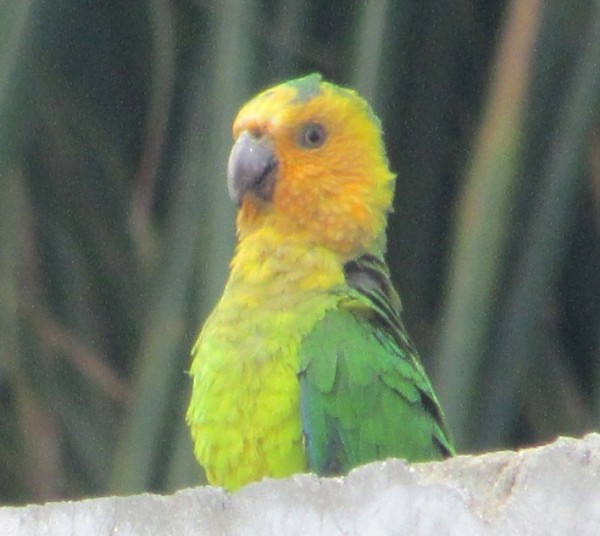 |
The ABCs - Aruba, Bonaire and Curacao are mostly low lying dry, scrubby islands in the Western Caribbean near the Venezuelan coastline
15 Photos
Created 21 May 2014
|
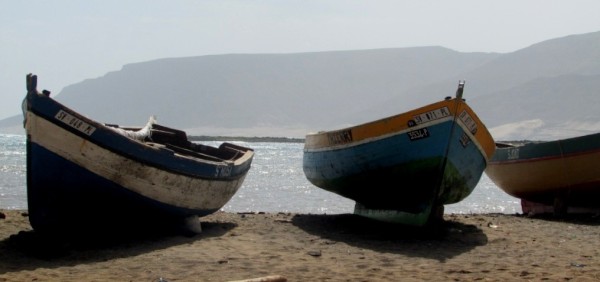 |
Images of the 2 islands in the Cape Verde island group we visited on our way across the Atlantic in 2013 - Sao Vicente and Santo Antaao.
37 Photos
Created 26 December 2013
|
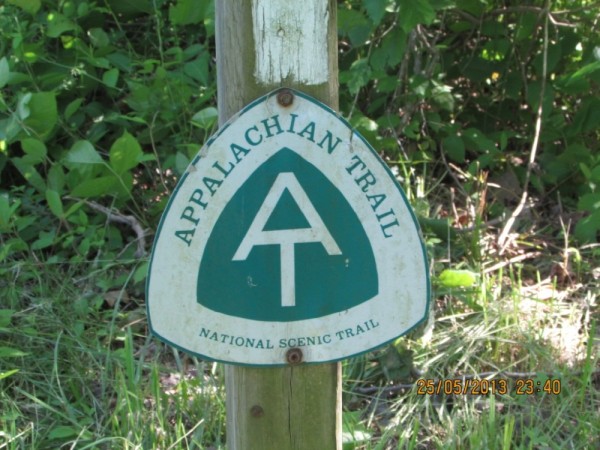 |
Photographic images of our long walk along the Appalachian mountains in the USA
26 Photos
Created 10 June 2013
|
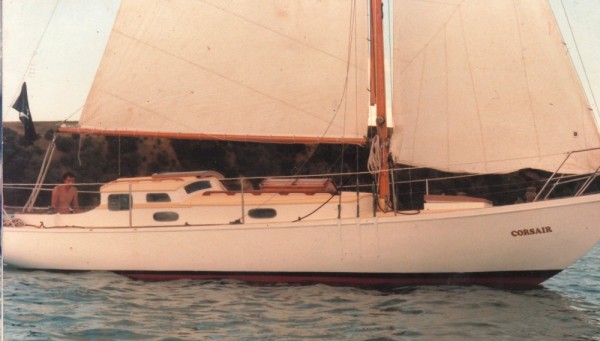 |
O.K. We're mad, but we somehow prefer a home on the sea to one on dry land.
12 Photos
Created 17 December 2011
|
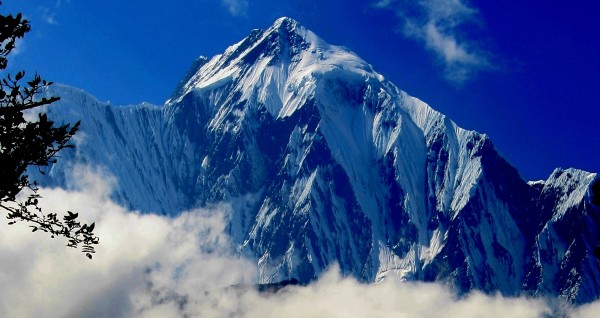 |
Nepal has ten of the world's highest mountains within its boundaries or shared with India and Tibet - these are truly giant peaks!
22 Photos
Created 15 December 2011
|
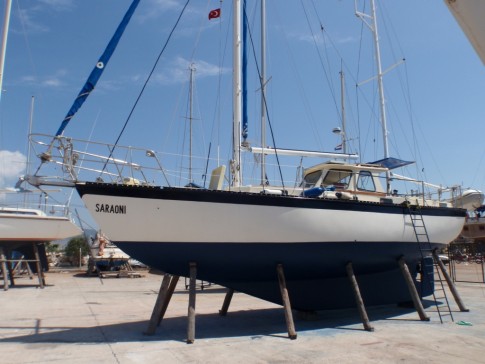 |
Saraoni hauled out on Finike's hardstand for biennial maintenance and painting
3 Photos
Created 26 April 2011
|
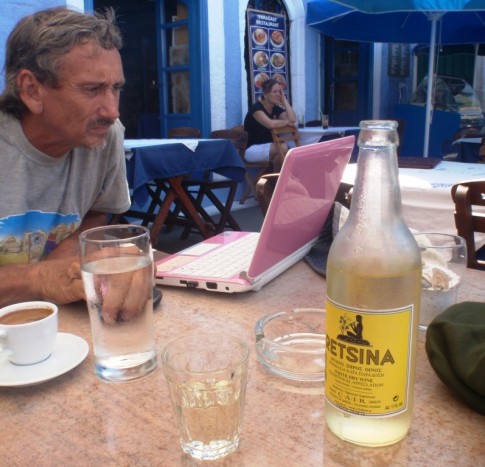 |
The small rocky island of Kastellorizou is Greece's most remote island
7 Photos
Created 11 December 2010
|
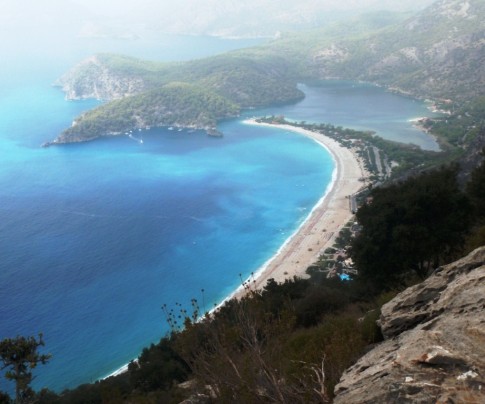 |
Cruising and walking Turkey's Lycian coast September and October 2010
19 Photos
Created 11 December 2010
|
Exploring as Much as We Can Until We Can't
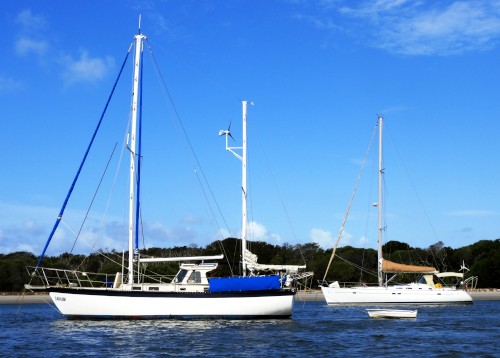
Who: Alison and Geoff Williams
Port: Lamb Island, Australia
Blog Categories by Year
- 2023 Aust NZ
- 2022 Aust
- 2021 Aust
- 2020 Aust, NZ
- 2019 Aust, NZ
- 2018 New Cal Aust and NZ
- 2017 NZ, Aust, Tonga, Fiji, New Caledonia
- 2016 NZ Niue and Canada
- 2015 Pacific Crossing Panama to NZ, Galapagos, French Polynesia, Cooks, American Samoa and Tonga
- 2015 and 2014 Suriname Colombia Panama and Costa Rica
- 2014 U.S. Cycle trip
- 2014 Caribbean Islands Trinidad to Aruba
- 2014 Atlantic Crossing Cape Verdes to Suriname
- 2013 Cape Verdes, West Africa
- 2013 Canaries Post USA
- 2013 U.S.A. Hiking Trips Appalachians and Cascades
- 2013 Canaries Pre U.S.A.
- 2013 Morocco
- 2012 South Africa and Swaziland
- 2012 Mediterranean Spain and France
- 2012 Italy
- 2012 and 2011 Greece
- 2011 A Quarter Century on the Sea
- 2011 Nepal
- 2011 and 2010 Turkey
- 2010 Oman Yemen the Red Sea and Israel
- 2010 South Asia: India and Sri Lanka
- 2009 Malaysia and Thailand
- 2009 and 2008 Aust and SE Asia
- 2007 Australia
- 2006 NZ to New Caledonia and Australia
- A Tale of Three Boats
- 1978 to 2018 Perspectives on a Long Journey
